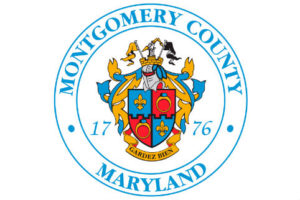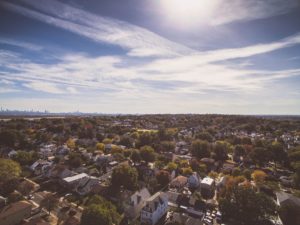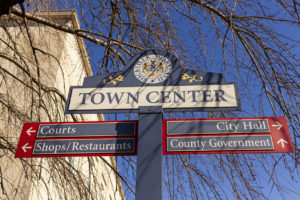
Will Montgomery County Fall Behind?
The impact of the pandemic has highlighted inequities in access to community resources, telehealth, distance learning, and jobs. As dependencies on online services increase dramatically, we cannot afford to have the consequential increases in social inequities. We need 5G infrastructure in place sooner rather than later.
So why isn’t more bandwidth and lower latency coming to Montgomery County? Small cells, which are antennas that are often attached to utility poles and streetlights, are a technology that is fundamental to the implementation of 5G. Streamlining the deployment process for communications infrastructure has positioned surrounding counties to reap the benefits of 5G. Montgomery County, however, has not developed similar guidelines.
Montgomery County needs 5G now to improve critical cell phone coverage for our communities of color, many of whom are engaged in work that requires the mobility and availability of smart phone service. Expanding 5G will provide users with better access to apply for jobs, find information about health conditions and access government services.
Last year, the Montgomery County Council tabled Zoning Text Amendment 19-07 to streamline permitting processes for small cells. However, Prince George’s County, Anne Arundel County, Howard County, Baltimore County, Baltimore City and the District of Columbia have all adopted similar regulations to those that unlocked the power of 5G. Now that the ZTA has been reintroduced, the Council should move to advance this legislation quickly, or risk leaving Montgomery County, and our community, to fall behind.
By Carmen Larsen
Read more at Montgomery County Sentinel.






